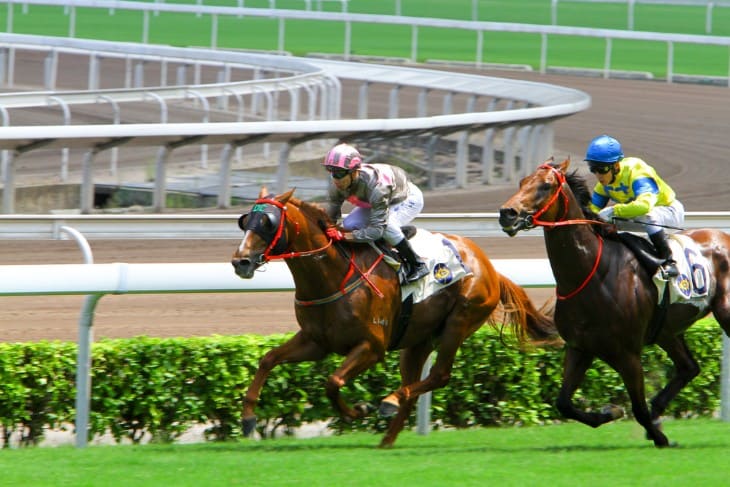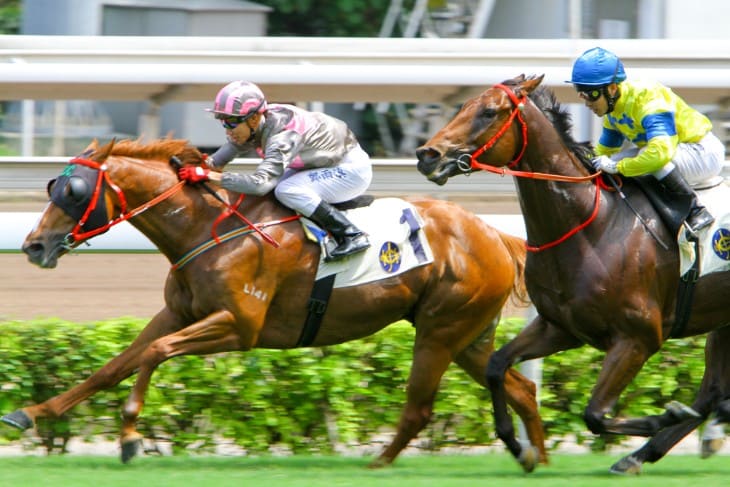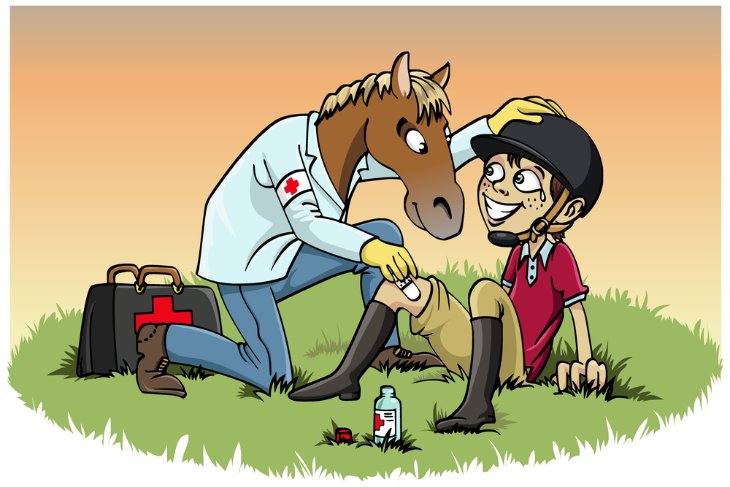Racehorses, despite their strong appearances, can suffer from numerous injuries. Addressing these injuries and taking proactive steps to prevent them is crucial, not just for the well-being of the horses but for the longevity of the sport.
Racehorse Anatomy: Points of Concern
Racehorses are naturally built for speed and stamina. However, their specialized anatomy, which allows for such high performance, can be prone to specific weaknesses.
The racehorse's body, especially its musculoskeletal system, is made to produce significant power. However, this can result in undue stress on certain parts, like tendons, ligaments, and bones. To prevent injuries, understanding how a horse's body functions during a race is key.
Their legs, particularly, absorb much of the racing impact. Parts like the cannon bones are often at risk of fractures due to their reliance on supporting ligaments and tendons. The horse's foot, which is a complex structure, also faces constant stress, making it prone to injuries.
Muscle and Joint Injuries: Causes and Solutions
Muscle strains and joint sprains are common in racehorses, often resulting from overuse or sudden exertion. If not addressed timely, they can lead to severe conditions.
Such injuries usually stem from excessive stretching of muscles or ligaments, leading to inflammation and pain. To prevent them, it's essential to ensure proper warm-ups, adequate conditioning, and rest for the horses.
Thankfully, with technological advancements, we now have sophisticated tools for early injury detection. Regular check-ups can identify minor issues before they become significant concerns.

Bone Health in Racehorses
The powerful gallop of a racehorse can, unfortunately, lead to bone fractures. These can be minor or severe, but they always require attention.
The high-speed races and the power exerted by racehorses mean their bones undergo significant stress. Proper training, balanced nutrition, and the use of imaging tools like X-rays are essential for bone health and fracture prevention.
Tendons and Ligaments: Care and Maintenance
Tendons and ligaments play a significant role in a racehorse's movement, but they're also at risk of injury. Due to the immense pressures during races, injuries in these connective tissues are frequent.
To minimize these risks, trainers should focus on strength-building exercises and ensure good track conditions. Early diagnosis, using tools like ultrasounds, can help address issues before they worsen.
Racehorse Hoof Care
Hooves are vital for racehorses. They endure a lot of stress, which can lead to various problems. Proper hoof care, balanced nutrition, and regular check-ups can prevent most hoof-related issues.

Racehorse Respiratory Health
The intense nature of horseracing requires racehorses to have excellent cardiorespiratory health. However, conditions like exercise-induced pulmonary haemorrhage can occur. Proper stable ventilation, structured training, and periodic health checks can help mitigate such risks.
Digestive Health in Racehorses
A horse's digestive system, although robust, can face challenges like colic. A balanced diet, consistent hydration, and regular check-ups are paramount to prevent gastrointestinal problems.
Overuse of Muscles and Joints
Overtraining can lead to muscle and joint issues in racehorses. Balanced training routines, combined with regular assessments, can ensure racehorses remain healthy and active.
Holistic Care for Racehorses
The well-being of racehorses doesn't just depend on their training but on holistic care. Nutrition, grooming, stabling, and regular veterinary checks all play a role in ensuring they are fit, both physically and mentally.
Cooperation and communication among trainers, riders, and veterinarians can lead to better outcomes for these magnificent animals.
Conclusion
Horseracing showcases the power and stamina of racehorses, but this sport is not without its challenges. The specialized anatomy of these horses, while advantageous for speed, also makes them vulnerable to various injuries, from musculoskeletal strains to digestive issues. Their legs and hooves bear significant impact, and their bones, tendons, and ligaments are often at risk. Advanced tools and techniques allow for early injury detection, and proactive measures, including regular check-ups, balanced nutrition, and structured training, are pivotal. Emphasizing holistic care, which integrates physical training with overall well-being, and fostering cooperation among trainers, riders, and veterinarians, is imperative for the health of these racehorses and the future of the sport.







